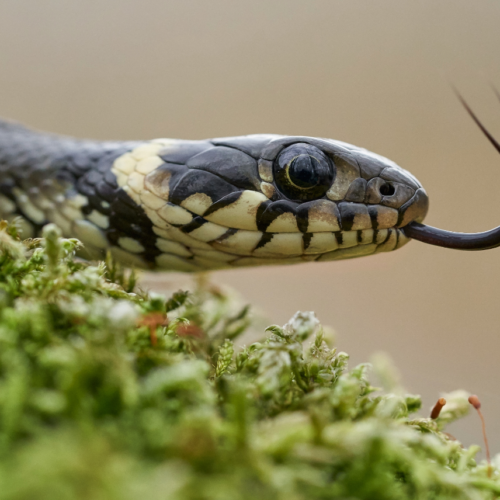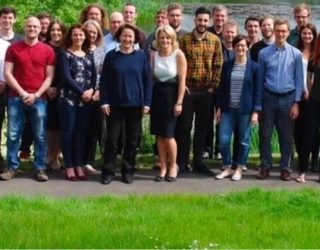I confess that in my younger days I was an idealist, believing that all development had to be stopped to save the world. Now, much longer in tooth, and wiser (I hope), I realise that a considerably more pragmatic approach is required. I am still passionate about nature and wildlife but recognise that new housing is needed to accommodate the UK’s ever growing population and along with that comes the associated new infrastructure – bigger roads and faster rail.
As ecological consultants, we work with our clients to find solutions to minimise detrimental impacts on wildlife and their habitats from planned development works, and build in some enhancements for nature too. Sometimes, however, I still wrestle with the idea that despite our best efforts wildlife is still negatively affected by human activities. But a magazine article earlier this year got me thinking – could development actually be beneficial for wildlife in some cases?
In May’s edition of the BBC Wildlife magazine, Chris Baines, a well-known and respected conservationist, wrote a thought-provoking article offering a view that the building of the High Speed 2 Rail link (HS2) could actually be good for wildlife.
The controversial planned High Speed 2 (HS2) will link London, Birmingham, the East Midlands, Leeds, Sheffield and Manchester and will be constructed in two phases: Phase 1 is from London to the West Midlands and phase 2 from the West Midlands to Leeds and Manchester. There will clearly be impacts on
the environment. For example, Phase 1 of the route (London to the West Midlands) will pass through 19 local authorities, three Sites of Special Scientific Interest (SSSIs) and 91 non-statutory Local Wildlife sites, and will result in a loss of 30.2 hectares of ancient woodland over 32 different sites (www.gov.uk, 2016). The locations of tunnels and cuttings have been planned to minimise ecological impact and some mitigation measures, such as translocation of rare species and important habitats, are planned but inevitably there will be loss and damage to existing habitats and wildlife along the route.
Understandably, there has been a lot of opposition against the development from individuals and groups concerned about wildlife.
Baines offers a radically different view and proposes that for less than 1% of HS2’s £42 billion budget great benefits to wildlife could be achieved. He proposes that if planned and managed appropriately, the scheme could create an uninterrupted wildlife corridor (480km in length and 1km wide) in which existing habitats could be retained and effectively managed for wildlife and new habitats could be created. Land bridges could be installed across the track to overcome the barrier of the railway line to more mobile species such as badgers and bats and the railway corridor itself may facilitate the migration of species from south to north as they disperse to avoid the effects of climate change. Not only could there be huge benefits to wildlife, but footpaths and cycle paths could be incorporated into the design for human pleasure too.
Of course, this view is as contentious as the HS2 scheme itself and, yes, ideally our natural habitats and wildlife would not be affected by such developments, but realistically development is going to happen, so pragmatism may have to take precedence over idealism. A fundamental sea change in our approach, making sure that ecological factors are a primary focus at the planning stage of any major infrastructure schemes, could offer a chance to create new green landscapes and habitat networks that will ultimately improve things for wildlife as well as for us.
References
Baines C. (2016) ‘Fast track to restoration.’ BBC Wildlife, 34:6, May, pp. 28 – 32 https://www.gov.uk/government/uploads/system/uploads/attachment_data/file/509511/E2_-_Ecological_Impact_v1.4.pdf [Accessed 22/11/16]











